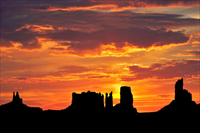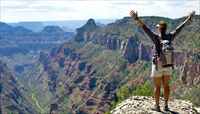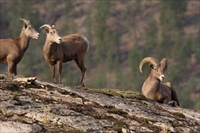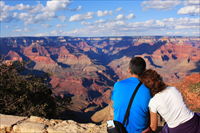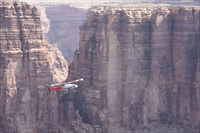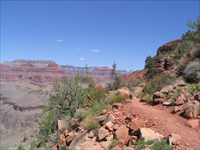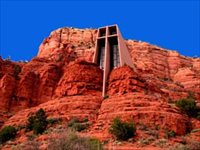Tours
FAQ
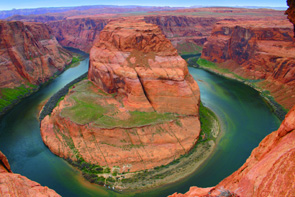
How big is the Grand Canyon?
That depends on how you look at it. The park includes over a million acres of land - 1,218,375.54 acres / 493,077 hectares, to be exact, or 1,904 square miles / 4931 square kilometers. But most people measure the canyon in river miles, along the course of the Colorado River at the bottom of the canyon. By that standard, Grand Canyon is 277 miles / 446 km long.
Are there dams in Grand Canyon?
No, although several dams bordering the park have a profound effect on Grand Canyon. At the upper end of the Canyon, 15 river miles / 24 km above Lees Ferry, is Lake Powell, formed by the waters behind Glen Canyon Dam. At the lower end of the canyon is Lake Mead, formed by the waters behind Hoover Dam. The controlled release of water from Glen Canyon Dam at the upstream end affects the water that flows through Grand Canyon. Waters from Lake Mead flood the lower 40 miles / 64 km of Grand Canyon when the lake is full. Hoover Dam was completed in 1936. Glen Canyon Dam was completed in 1963.
How old is the Canyon?
That's a tricky question. Although rocks exposed in the walls of the canyon are geologically quite old, the Canyon itself is a fairly young feature. The oldest rocks at the canyon bottom are close to 2000 million years old. The Canyon itself - an erosional feature - has formed only in the past five or six million years. Geologically speaking, Grand Canyon is very young.
How does one see the Canyon?
Nearly five million people see Grand Canyon each year. Most of them see it from their car at overlooks along the South Rim (this includes Grand Canyon Village, Hermits Rest, and Desert View). The South Rim - 60 miles / 97 km north of Williams and 80 miles / 97 km northwest of Flagstaff, Arizona - is the most accessible part of the park and is open all year. A much smaller number of people see the Canyon from the North Rim, which lies just 10 miles / 16 km (as the raven flies) directly across the Canyon from the South Rim. The North Rim rises a thousand feet higher than the South Rim, and is much less accessible. Heavy snows close the road to the North Rim from late October to mid May of each year. Even in good weather it's harder to get to: it's 220 miles / 354 km by car from the South Rim, or 21 miles / 34 km by foot across the Canyon by way of the North and South Kaibab Trails. The inner canyon includes everything below the rim and is seen mainly by hikers, mule riders, or river runners. There are many opportunities here for adventurous and hardy persons who want to backpack, ride a mule to Phantom Ranch, or take a river trip through the Canyon on the Colorado River (which can take anywhere from a few days to three weeks - there are no one-day river trips through Grand Canyon). How do people get across the canyon? If you're walking, the South Kaibab Trail crosses the Colorado River on a narrow foot bridge 70 feet / 21 m above the water. There is only one way to cross by automobile, and that is via Navajo Bridge, just a few miles downstream from Lees Ferry, where the Canyon is still only 400 feet / 122 m wide.
When is the best time to visit the Grand Canyon?
Expect heavy crowds during spring, summer, and fall months. You will find fewer crowds in the early spring or late fall. The South Rim is open year round, but heavy snows close the road to the North Rim from late October to mid May of each year.
What is the weather like at the Grand Canyon?
Summer - Summer temperatures on the South Rim are relatively pleasant (50°s - 80°s F; 10°s to high 20°s C) but inner canyon temperatures are extreme. Daytime highs at the river, 5000 feet below the rim, often exceed 100° F (38° C). North Rim summer temperatures are cooler that those on the South Rim due to the increased elevation.
Winter - Winter conditions at the South Rim can be extreme: expect snow, icy roads, and possible road closures. Temperatures are low, and with the wind-chill factor can at times drop below 0° F (-18° C). Canyon views may be temporarily obscured during winter storms; in such cases, entrance fees are not refundable. The North Rim is closed in winter.
Spring and Fall - Spring and Fall weather is extremely unpredictable; be prepared for sudden changes in the weather during these seasons.
